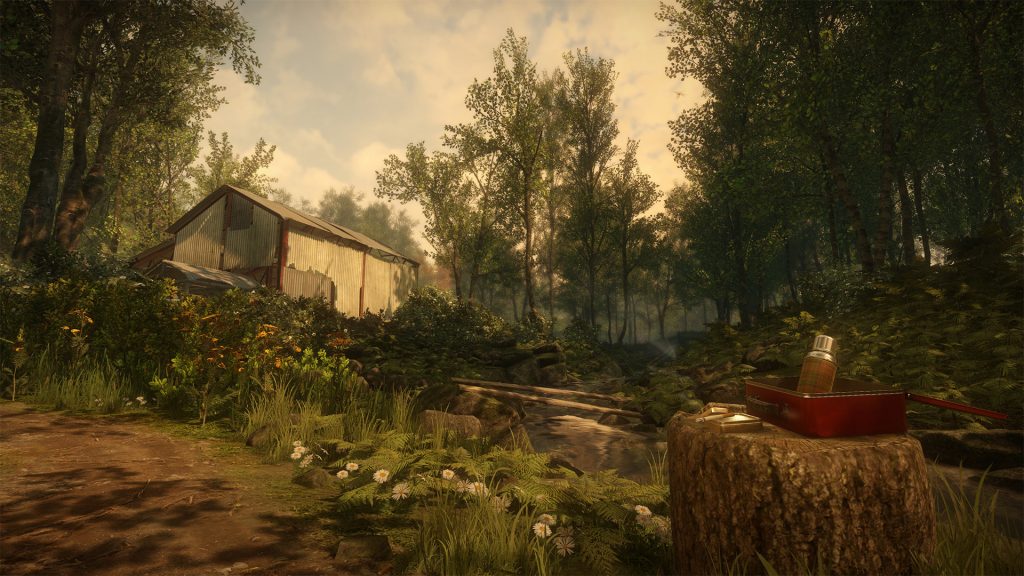In 2013 J.J. Abrams, director of the upcoming Star Wars: The Force Awakens, and Gabe Newell, managing director of Valve, spoke about the storytelling limitations inherent in both games and films. Films can feel immersive, but they lack the interactivity that gamers love. Games, however, are all about interactivity, but this interactivity naturally limits the storytelling ability of the medium. Developers can’t design an infinite number of story possibilities for gamers to choose as they’re playing. And many gamers are okay with that. The story doesn’t matter to them as much as the gameplay.
For others, however, the attraction to games is driven by the interactive nature of gaming and the potential to experience a great story, even if the story itself is limited by the game’s interactive nature. While there are inherent storytelling limitations in games, many developers have worked hard to create games that take the gamer on a compelling storytelling journey, complete with interactivity that takes player choice into account.
British game development studio The Chinese Room is committed to developing immersive games that feature story as one of their primary elements. Their newest game, set to release sometime this year, is Everybody’s Gone to the Rapture, and it’s a first-person adventure game that was developed specifically around the story the game’s developers wanted to tell. It’s a post-apocalyptic game in which much of the population of the world has disappeared, and the player’s goal in the game is to explore the game’s story world to discover just what happened. You play the role of a scientist, as well as five other characters throughout the course of the game, and you interact with the environment, with objects, and with other people in order to piece together the story.

A key component of the game’s immersive nature and interactivity is that the story isn’t just laid out in cut scenes. The player actually has to interact with the world and go and discover the story. The developers have been secretive about a feature of the game that makes the game’s story one that could only be told in a game, which, if they can pull it off, will be an exciting step forward for game storytelling and will hopefully open up more opportunities for innovating the medium for storytelling.
A 13-minute demo of the game was released by IGN in March, which features commentary by the game’s developers and a demonstration of the game’s large open world. The game world has a very haunting feel as the developers discuss their purpose in creating a game that tells a unique kind of story. The game won’t be for everybody because it’s clear that there won’t be a lot of action like you would find in a game like Call of Duty. However, not all gamers are the same, and this is important to realize because storytelling games have the potential to create a new demographic of gamers who crave rich storytelling combined with engaging gameplay.
Everybody’s Gone to the Rapture is set to release sometime this year exclusively on Playstation 4.
Tom is a gamer, blogger, article writer, storyteller, and screenwriter who also teaches writing for a living as a high school English teacher.
